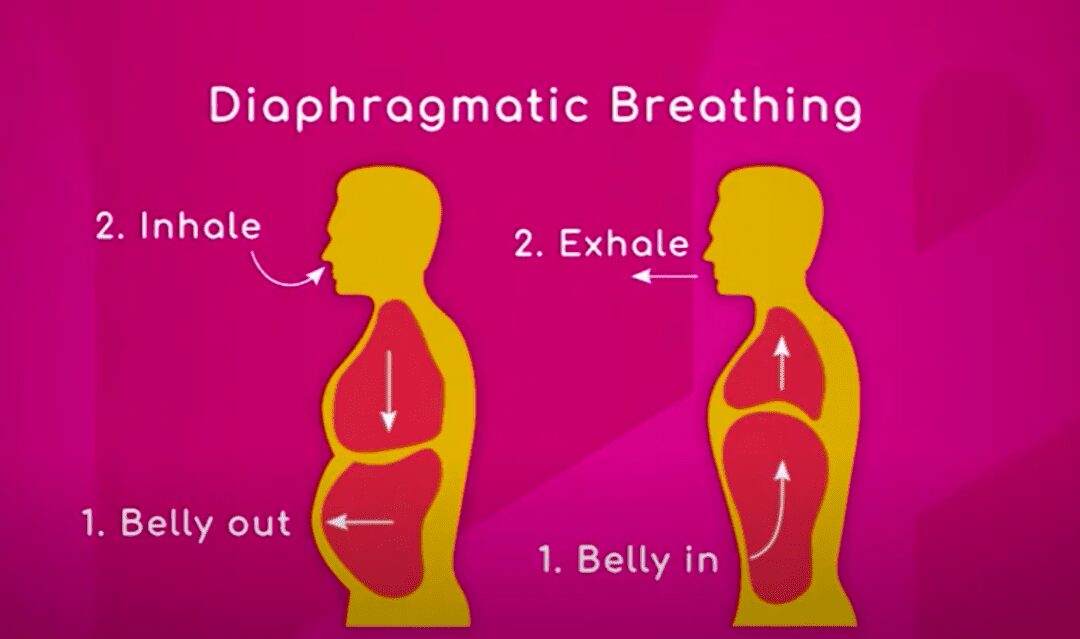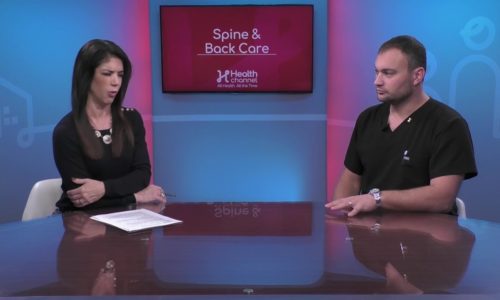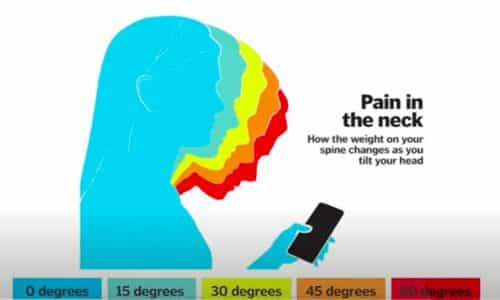Breathing Techniques For Pain Relief |

In an interview with the Health Channel, Diana Solares, Physical Therapist at West Kendall Baptist Hospital, describes how controlled breathing techniques can help alleviate chronic pain and promote relaxation.
In our bodies we have the sympathetic nervous system and the parasympathetic nervous system. The sympathetic nervous system is more involved with chronic pain. It reacts to stressors and puts you in a fearful, fight or flight state. The parasympathetic system puts you in a state of relaxation, “You would do this more likely after a turkey Thanksgiving dinner and you’re just relaxing and watching the Super Bowl,” Diana explains.
One of the easiest ways to tap into the parasympathetic nervous system is by taking long and deep breaths. When you are being affected by the sympathetic nervous system, your breaths get shallower and faster so you have to breathe in the opposite way when you begin to feel stressed.
To breathe in a way that activates your parasympathetic nervous system, put one hand on your chest and one hand on your belly. While you are breathing, make sure that you are filling up your belly with air and not moving your chest. When you breathe like this, you are breathing from your diaphragm, which is how singers breathe.
Diana demonstrates to the interviewer a simple diaphragmatic breathing exercise. She inhales for three seconds, making sure that her stomach is inflating and not her chest, and exhales for at least four seconds. “You don’t want it to be a fast breath. You want it to be very slow and then you let the breath out through the mouth very slowly. If you could breathe out for six to eight seconds, that’s ideal. You want to breathe out longer than you breathe in,” Diana recommends.
Watch the full segment of Diana Solares talking about breathing exercises, here: https://youtu.be/TuNE8QKy1jY








